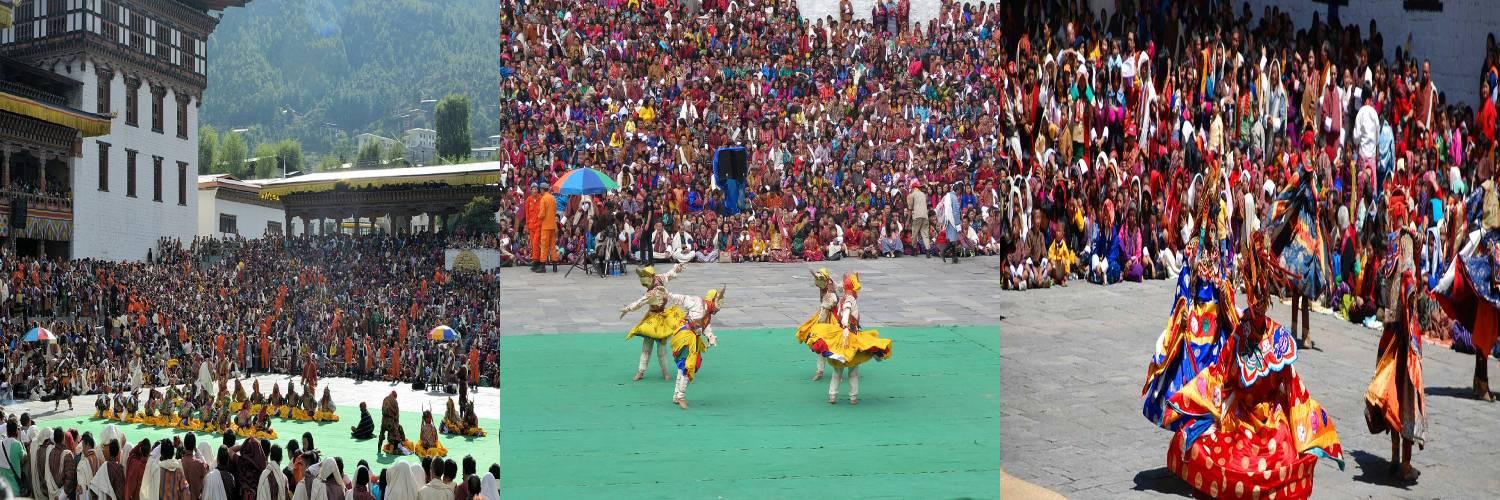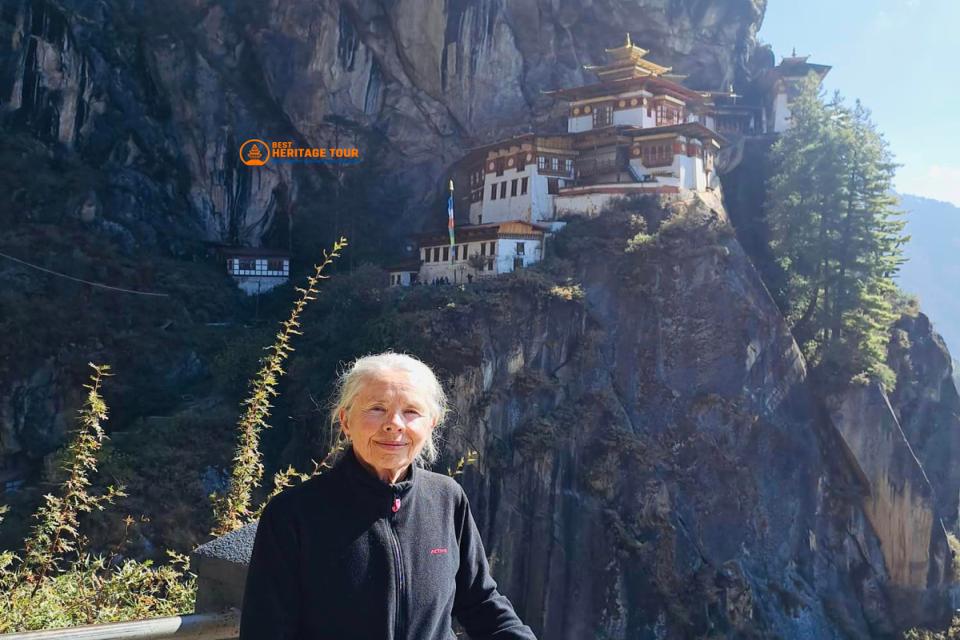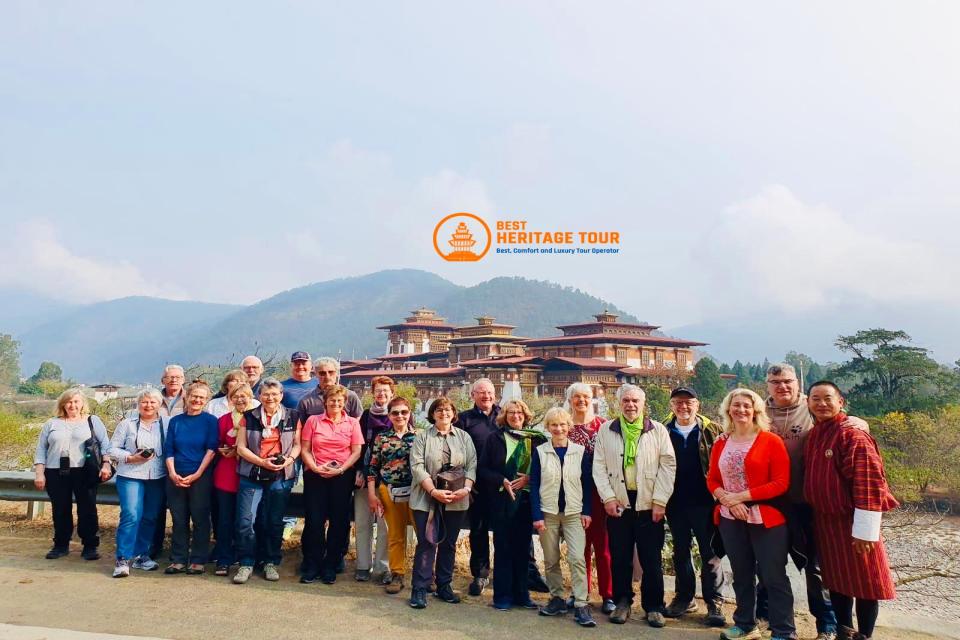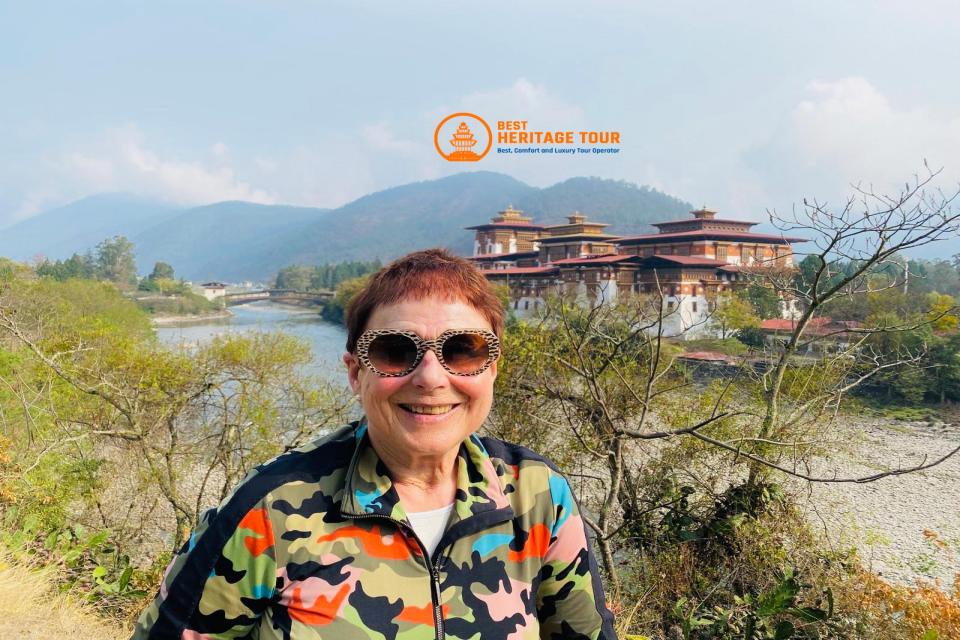Bhutan, often called the “Land of the Thunder Dragon,” is a country where spirituality, culture, and natural beauty coexist in perfect harmony. Beyond its serene landscapes and monasteries, Bhutan is famous for its vibrant festivals and cultural celebrations, offering travelers a deep insight into its traditions, rituals, and community life.
For travelers seeking a culturally immersive experience, planning your visit around Bhutan’s festivals is key. Festivals in Bhutan, known as Tsechus, are colorful, spiritual, and lively, attracting locals and tourists alike. They are not just entertainment; they are windows into Bhutanese philosophy, religious practices, and historical storytelling, reflecting centuries-old beliefs that continue to shape daily life in Bhutan.
In this guide, we explore the best time to visit Bhutan for festivals and culture, detailing the major festivals, what to expect, climate considerations, and tips to make the most of your trip with Best Heritage Tour.
Why Bhutan’s Festivals Are Special
Bhutanese festivals are deeply spiritual and culturally significant. Unlike typical entertainment events, Tsechus combine religious teachings, masked dances, and community participation, providing both locals and travelers with a meaningful experience.
-
Spiritual significance: Each dance and ritual represents stories from Buddhist scriptures, often depicting the victory of good over evil or important episodes from the lives of saints and historical figures. These performances allow travelers to witness spiritual teachings in vivid, living form, making the festival a blend of education and devotion.
-
Community gathering: Festivals serve as a social hub for communities. Families and villagers come together to celebrate, exchange blessings, and strengthen social bonds. Travelers get a rare opportunity to observe and participate in communal traditions, gaining insight into the rhythm of Bhutanese life.
-
Cultural preservation: Traditional music, costumes, dances, and rituals are passed down through generations. Attending a festival gives travelers a direct view of Bhutan’s intangible cultural heritage, preserved far better here than in many parts of the world.
Attending a festival allows travelers to experience Bhutan beyond scenic views, engaging directly with its people, culture, and spiritual practices. The energy, colors, and devotion create memories that last far beyond the trip itself.
Major Festivals in Bhutan and Their Timing
1. Paro Tsechu - March/April
-
Overview: One of Bhutan’s largest and most celebrated festivals, attracting locals and tourists from around the world.
-
Highlights: Masked Cham dances, vibrant traditional costumes, and the unfurling of giant thangkas (sacred paintings) from monasteries.
-
Cultural Significance: Commemorates the teachings of Guru Rinpoche, the saint who brought Buddhism to Bhutan.
-
Tips for Travelers: Arrive early for a good viewing spot, wear comfortable shoes, and carry water. Consider hiring a local guide to understand the symbolism of each dance and ritual.
2. Thimphu Tsechu - September/October
-
Overview: Held in the capital city’s Tashichho Dzong, this festival lasts three days and blends religious devotion with local celebrations.
-
Highlights: Elaborate dances, storytelling through performance, music, and monk-led rituals.
-
Cultural Significance: Showcases the spiritual and political heritage of Bhutan, connecting visitors with the heart of Bhutanese life.
-
Tips for Travelers: Combine with visits to local markets, National Memorial Chorten, and weekend cultural performances. This is ideal for travelers who want to immerse in city life and culture simultaneously.
3. Punakha Drubchen - February/March
-
Overview: A historical reenactment of battles between local kingdoms, emphasizing the triumph of good over evil.
-
Highlights: Colorful traditional dress, dramatic performances, and ceremonial parades through Punakha Dzong, one of Bhutan’s most iconic fortresses.
-
Cultural Significance: Celebrates Bhutan’s historic victories and spiritual protection of the kingdom.
-
Tips for Travelers: Best experienced with a guide to understand the historical context. Early arrival helps capture photography opportunities while avoiding peak crowd times.
4. Jambay Lhakhang Drup - October/November
-
Overview: A smaller, rural festival celebrated in Bumthang, offering an authentic, local cultural experience.
-
Highlights: Fire rituals, masked dances, and interactive performances by local villagers.
-
Cultural Significance: One of Bhutan’s oldest festivals, it preserves ancient rituals and community traditions.
-
Tips for Travelers: Travel light, respect local customs, and engage with villagers to learn about their spiritual practices.
5. Trongsa Tsechu - September
-
Overview: Held at Trongsa Dzong in central Bhutan, this festival is less crowded, giving a more intimate festival experience.
-
Highlights: Sacred dances, dramatic storytelling, and breathtaking views of the surrounding valleys.
-
Cultural Significance: Celebrates both spiritual teachings and the historical importance of the Trongsa region.
-
Tips for Travelers: Ideal for photographers and culture enthusiasts seeking off-the-beaten-path experiences.
Best Time to Visit Based on Climate
Bhutan’s climate varies with altitude and region, and it affects festival accessibility and experience:
-
Spring (March-May):
-
Temperatures are mild, skies are clear, and rhododendrons bloom in vibrant colors.
-
Festivals: Paro Tsechu, Punakha Drubchen.
-
Ideal for travelers seeking comfortable weather and scenic festival photography.
-
-
Autumn (September-November):
-
Post-monsoon, weather is pleasant with crisp clear skies and lush landscapes.
-
Festivals: Thimphu Tsechu, Jambay Lhakhang Drup, Trongsa Tsechu.
-
Perfect for longer treks, cultural exploration, and festival participation.
-
-
Winter (December-February):
-
Cold temperatures, particularly in northern Bhutan; fewer festivals.
-
Festivals: Punakha Drubchen may still occur.
-
Recommended for travelers seeking quieter, off-peak experiences.
-
-
Monsoon (June-August):
-
Heavy rainfall can cause landslides, limiting travel to remote areas.
-
Fewer festivals and sightseeing options.
-
Generally not recommended unless you prefer green landscapes and fewer crowds.
-
Combining Festivals With Sightseeing
Visiting Bhutan during festival season allows travelers to blend spiritual, cultural, and scenic experiences:
-
Paro and Thimphu: Dzongs, monasteries, National Museum, local markets, and city attractions.
-
Punakha: Punakha Dzong, suspension bridges, rice terraces, rivers, and village life.
-
Bumthang: Ancient temples, sacred lakes, traditional crafts, and hiking routes.
-
Trongsa: Scenic valleys, panoramic viewpoints, and historical architecture.
A well-planned itinerary ensures you experience vibrant festivals while exploring Bhutan’s landscapes and heritage, maximizing both spiritual and cultural engagement.
Travel Tips for Festival Season
-
Book Early: Accommodation and flights fill up quickly during festival seasons.
-
Dress Appropriately: Modest clothing is required at religious sites; layering is key for varying temperatures.
-
Arrive Early: For popular festivals like Paro Tsechu, arriving early helps secure prime viewing spots.
-
Hire a Local Guide: Gain insights into the history, symbolism, and spiritual significance of each festival.
-
Respect Traditions: Avoid photography in restricted areas, follow rituals quietly, and participate respectfully.
Why Travel With Best Heritage Tour
Booking a festival-focused Bhutan tour with Best Heritage Tour provides:
-
Customized itineraries covering major festivals, scenic spots, and cultural landmarks.
-
Experienced local guides explaining dances, rituals, and historical significance.
-
Seamless accommodation and transport management, ensuring stress-free travel.
-
Immersive experiences, including workshops, village visits, and interactions with locals.
With Best Heritage Tour, travelers can authentically experience Bhutanese festivals comfortably and safely, without worrying about logistics or cultural misunderstandings.
Conclusion: Experience Bhutan’s Vibrant Culture
Bhutan’s festivals offer travelers a unique opportunity to witness spirituality, tradition, and community life at its finest. The best times to visit are spring (March-May) and autumn (September-November), when weather conditions are ideal, and major festivals take place.
With Best Heritage Tour, you can immerse yourself in Bhutanese culture, attend lively festivals, and explore the country’s stunning landscapes safely and conveniently. Festivals here are not just events; they are experiences that leave a lasting impact on the soul.
Book Your Bhutan Cultural & Festival Tour Today
Phone: +977-9851149197 / +977-9810043046
Email: info@bestheritagetour.com / bestheritagetour@gmail.com
Website: www.bestheritagetour.com
Office: Thamel Marg, Kathmandu, Nepal
Author: Best Heritage Tour
Date: 25th August, 2025




